ISSN ONLINE(2319-8753)PRINT(2347-6710)
ISSN ONLINE(2319-8753)PRINT(2347-6710)
| Manjunatha B1, Karthik Raj K.V2, M.H. Annaiah2, Davis P Skariah4, Harendra Kumar H.V5 Asst Professor, Department of Mechanical Engineering, Acharya Institute of Technology, Bangalore, Karnataka, India1 P G student, Department of Mechanical Engineering, Acharya Institute of Technology, Bangalore, Karnataka, India2, Professor and P G Co-ordinator, Department of Mechanical Engineering, Acharya Institute of Technology Bangalore, Karnataka, India3, Asst Professor, Department of Mechanical Engineering, Acharya Institute of Technology, Bangalore, Karnataka, India4, P G student, Department of Mechanical Engineering, Acharya Institute of Technology, Bangalore, Karnataka, India5 |
| Related article at Pubmed, Scholar Google |
Visit for more related articles at International Journal of Innovative Research in Science, Engineering and Technology
A2014 alloys were reinforced with varied percentage of Graphite by gravity casting using permanent moulds. They were heat treated (T6) and tested for microstructure, mechanical properties. The Pin-on-Disc apparatus was used to study Wear behaviour at a constant sliding velocity of 1m/s and pressure of 0.35MPa. The study of Microstructure revealed uniform distribution of Graphite in the matrix which in turn resulted in improved mechanical properties and wear resistance compared to un-reinforced material. Heat treatment resulted in further improvement in mechanical properties and wear resistance. The improvement in mechanical properties and wear resistance may be attributed to the uniform distribution of Graphite and its bonding in the matrix.
Keywords |
| Composites, MMC’s, Microstructure, Mechanical properties, Wear behaviour, Heat treatment. |
INTRODUCTION |
| Aluminium-Silicon alloys possess light weight, high specific strength and good heat transfer ability which make them suitable material to replace components made of ferrous alloys. Al-Si alloys are widely used in all types of IC engines such as cylinder blocks, cylinder heads and Pistons. They find applications in aircraft pump parts, aircraft structure and control parts, automotive transmission, aircraft fittings, water cooled cylinder blocks and nuclear energy installations. Both hypoeutectic and hyper-eutectic alloys can be used as useful engine block materials on account of their adequate resistance and high strength to weight ratio. There are quite large numbers of studies made on the mechanical behaviour of Al-Si alloys. Attempts are made to increase the strength of Al-Si-Mg by various manufacturing processes, heat treatment, reinforcement of hard and soft reinforcements etc. |
| In this paper, an attempt is made to study the effect of heat treatment on the Mechanical Properties and Tribological Behavior of A2014 and its Composites. |
II. MATERIALS |
| A2014 alloys were reinforced with Graphite and were cast using liquid metallurgy route using permanent Moulds in the form of cylindrical bars of length 300mm and diameter 25mm. They were heat treated (T6). |
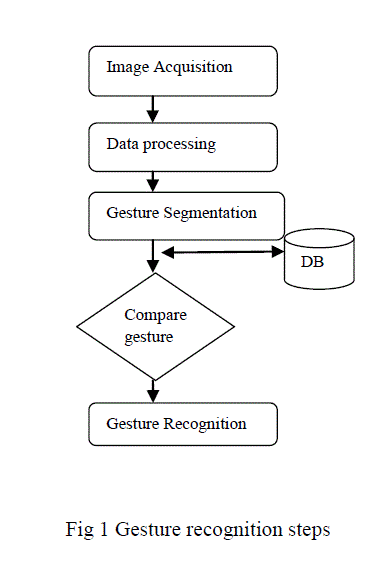 |
| Fig 3.1: A2014 Casting |
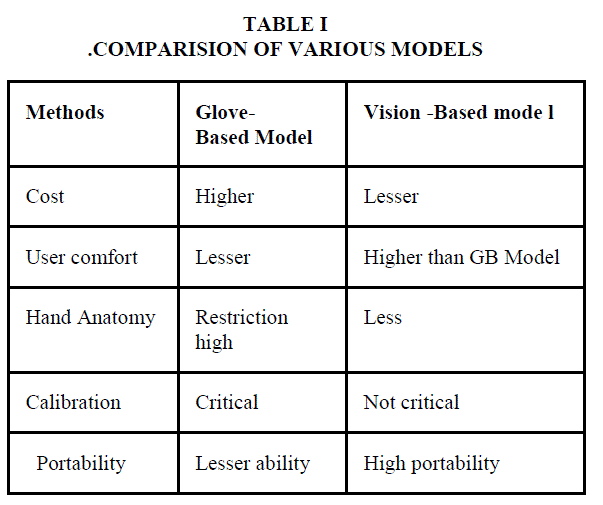 |
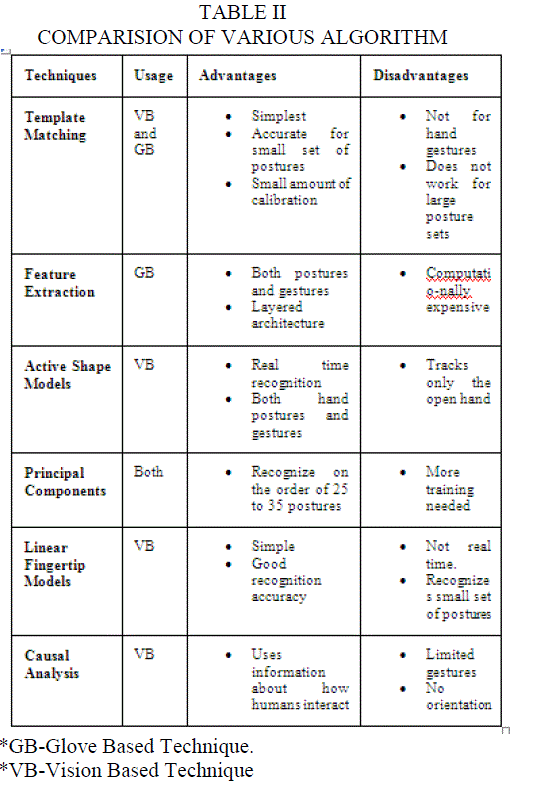 |
III. TESTING |
| A: Microstructure |
| The samples for microstructure examination were prepared by following standard metallurgical procedures, etched in etchant prepared using 90 ml water, 4ml of HF, 4ml H2So4 and 2g CrO3 and were examined using Optical Microscope. |
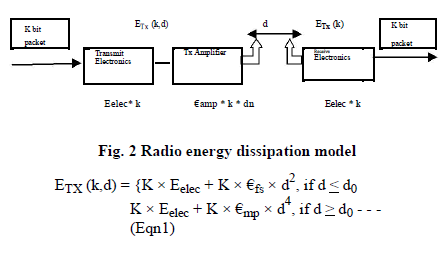 |
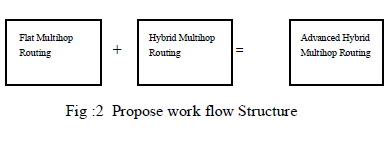 |
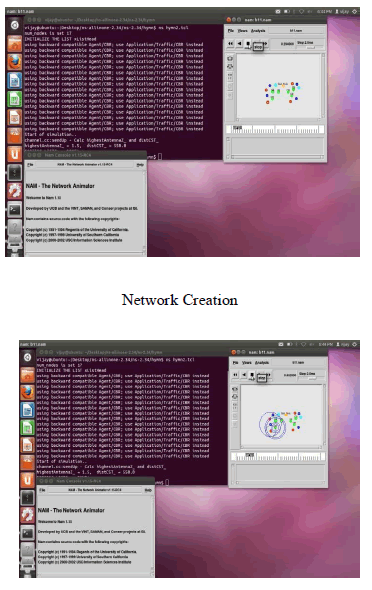 |
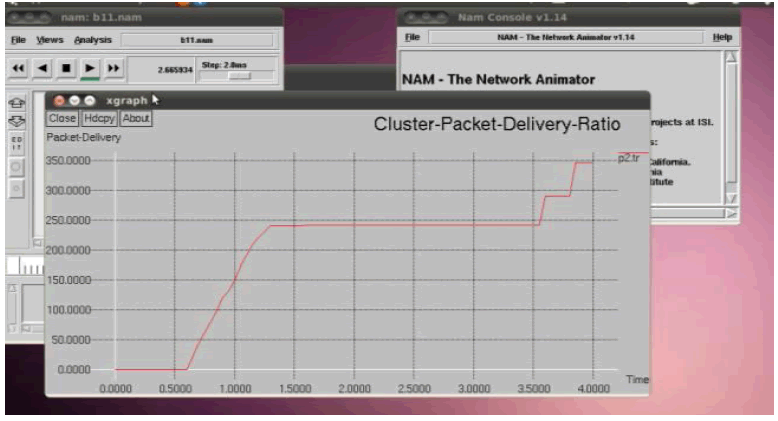 |
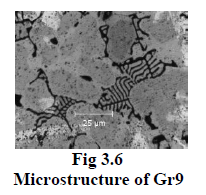 |
| Figures 3.2 to 3.6 show the uniform distribution of Graphite reinforcement in the heat treated alloy and its composite. The chinese script indicates the intermetallic compound of Aluminium with Cu, Si and Mn. |
| B: Hardness Test |
| The hardness tests were conducted as per ASTM E10 norms using Brinell Hardness tester. Tests were performed at randomly selected points on the surface by maintaining sufficient spacing between indentations and distance from the edge of the specimen. |
 |
| Fig 3.7 shows hardness test specimens having size 20 mm diameter and 15 mm length. Fig shows the hardness values of as cast and heat treated composites. The hardness values increases with increased particulate addition up to 5% and thereafter a decrease in hardness value is observed. A quantum increase in hardness was observed with heat treatment with values as high as 98.66% for the heat treated A2014 material. |
| C: Tension test |
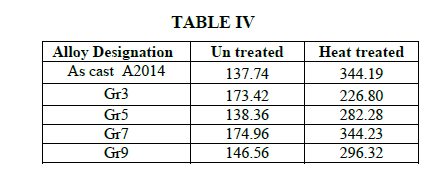 |
| Table IV gives the ultimate tensile strength (UTS) and ductility of A2014 and its composite |
| Table IV shows plot of UTS of A2014 and its composites in as cast and heat treated condition. A2014 and Gr10 have UTS values 344.19 MPa and 296.32 MPa respectively after heat treatment compared to values of 137.74 and 146.56 MPa. This indicates that the heat treated composite with 7% Graphite, resulted in 150% increase in UTS value. |
| D: Wear test |
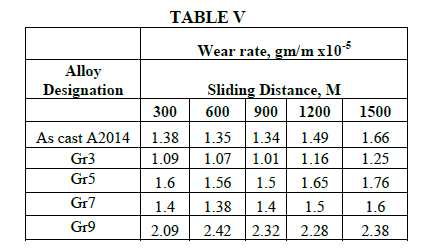 |
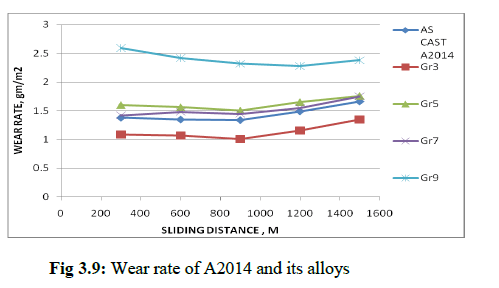 |
| Fig 3.9 shows the plot of Wear rate versus sliding distance of A2014 and its composites. A2014.0 has Wear rate of 1.66x10-5 gm/m where as Gr5 has 1.25x10-5 showing 32.8% reduction in Wear rate. This reduction in wear rate may be attributed to the formation of MML (Mechanically mixed layer) of A2014 and Graphite and increase in hardness achieved due to uniform distribution and bonding of the ceramic in the composite. The steep increase in Wear rate of both A2014 and its Composite after traversing through 1500M may be attributed to the increased temperature at pin Disc interface resulting in softening of the pin materials. |
IV. CONCLUSION |
| Microstructure indicates uniform distribution of ceramic (Graphite) in the matrix resulting in good bonding of the particulates. The composite Gr5 has highest Wear resistance compared to heat treated A2014 and its composites. |
ACKNOWLEDGEMENT |
| We thank Dr. H. D. Maheshappa, Principal, Management of Acharya institute of Technology, Bangalore and Dr K.Mahesha, Head Depatment of Mechanical Engineering for motivating and providing research facilities at the institute. |
References |
|